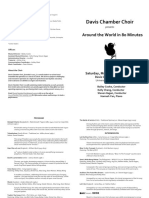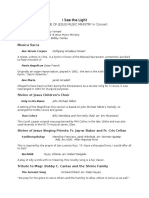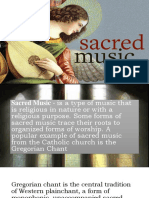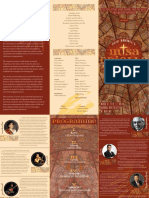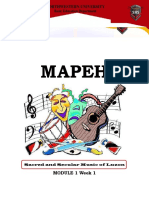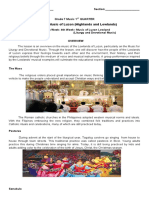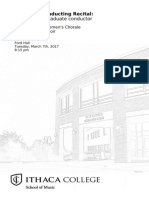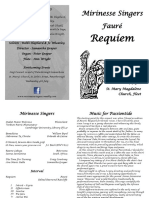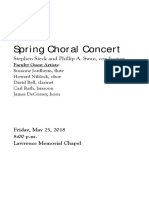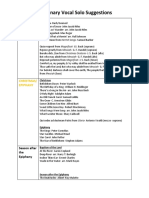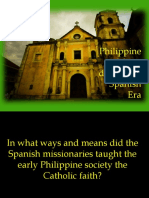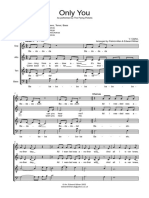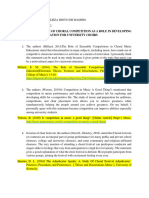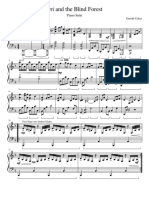0% found this document useful (0 votes)
210 views5 pagesFINAL
The Philippine Women’s University School of Music presents 'Per Iter Sapientiae,' a bridging recital featuring various works by renowned composers, performed by students and collaborating artists. The event is part of the requirements for a Master of Music degree in Music Education with an emphasis on Choral Conducting. The recital showcases a diverse program that highlights themes of wisdom, love, and social justice through choral music.
Uploaded by
judiefeartazoCopyright
© © All Rights Reserved
We take content rights seriously. If you suspect this is your content, claim it here.
Available Formats
Download as DOCX, PDF, TXT or read online on Scribd
0% found this document useful (0 votes)
210 views5 pagesFINAL
The Philippine Women’s University School of Music presents 'Per Iter Sapientiae,' a bridging recital featuring various works by renowned composers, performed by students and collaborating artists. The event is part of the requirements for a Master of Music degree in Music Education with an emphasis on Choral Conducting. The recital showcases a diverse program that highlights themes of wisdom, love, and social justice through choral music.
Uploaded by
judiefeartazoCopyright
© © All Rights Reserved
We take content rights seriously. If you suspect this is your content, claim it here.
Available Formats
Download as DOCX, PDF, TXT or read online on Scribd
/ 5

